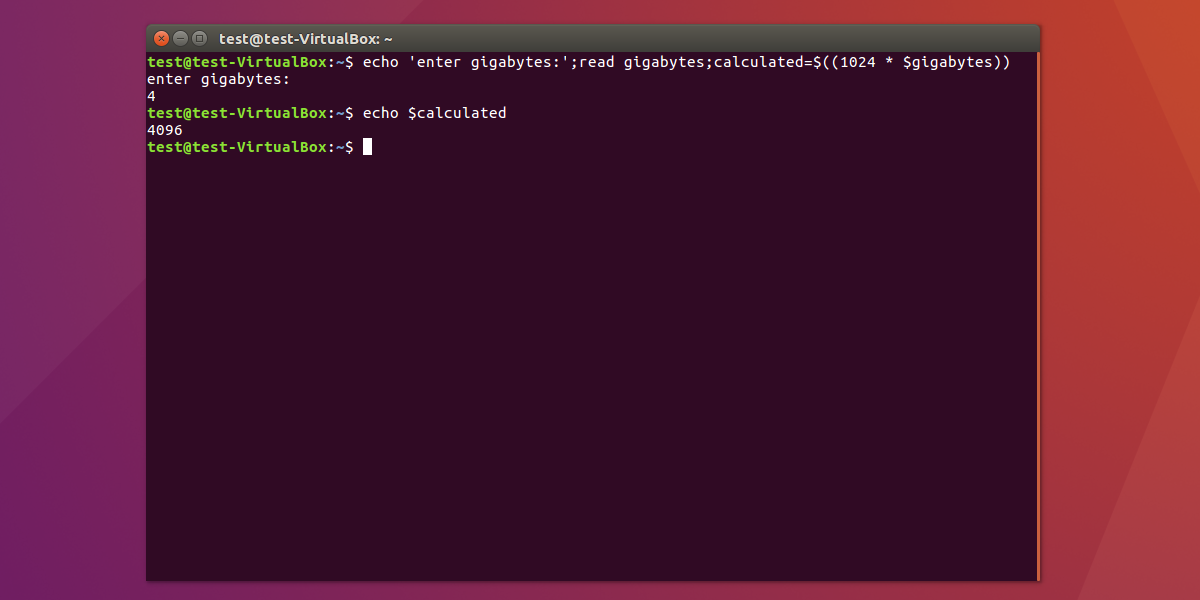Swap is a vital a part of Linux, and the way it manages applications. With it, Linux customers can droop to RAM, and even allocate further reminiscence for applications to make use of when bodily RAM runs out. Suffice it to say, everybody ought to use swap. On conventional Linux distributions, a devoted partition is created particularly to make use of swap. That is how issues have gone on for a really very long time. In 2017, nonetheless, swap information have come into vogue. For instance: lately Ubuntu has ditched swap partitions for a swap file, and others are prone to do the identical sooner or later. The rationale? Comfort. It’s one much less partition to arrange throughout set up. The system can set up itself quicker consequently. Moreover, a swap file might be elevated with out re-partitioning a whole onerous drive, and it could possibly rapidly be disabled with out a lot of a fuss. Right here’s how one can setup a SWAP file on Linux.
Observe: the swap file might be arrange on any Linux distribution. Please set up your Linux distribution with out a swap partition first! Remember that this implies not putting in with a standard, straightforward installer.
Typically occasions, to get a “swap-less” set up, a “custom installation” is required. This implies partitioning by hand, together with: establishing partitions, and mount factors and (if on UEFI) the boot partition.
For instance: on the Ubuntu installer, to get a customized set up, you’d test the “something else” field. On different Linux distributions, this may be “custom layout” or one thing related.
If you happen to’re utilizing the BtrFS file system , don’t observe this information. BtrFS has completely no help for swap information.
Organising swap
Making a swap file includes making a file with DD. We’ll have to make a file with the DD device. Remember that the swap file ought to be an identical to the scale of your bodily ram. Enter this string of instructions precisely because it seems. The consumer should enter every thing on this lengthy sentence without delay, and run it as whether it is one command.
If executed efficiently, this can ask you to enter a quantity (in GBs) and convert it to megabytes. No math required.

Observe: When you have greater than 4GBs of ram, make your swap file half of the ram as a substitute.
echo 'enter gigabytes:';learn gigabytes;calculated=$((1024 * $gigabytes))
The swap file calculation is prepared. The terminal saved the calculation inside $calculated. Now let’s take this and plug it into DD. Remember that the swap file creation course of takes a little bit of time, and there can be no loading display screen. When the terminal permits, enter the following command.
sudo dd if=/dev/zero of=/swapfile bs=1M rely=$calculated
Subsequent, change the permissions for the swap file in /. That is wanted, as a result of the system has to have full entry to the file. With out this, swap gained’t work proper.
acquire a root shell with: sudo -s
chmod 600 /swapfile
With the permissions corrected, it’s time to use the Mkswap command. Successfully, it is a device that may take a partition or file and switch it into swap house.
mkswap /swapfile
The Permissions are actually set, and every thing is able to go. The subsequent step within the course of is to inform Linux to activate swap. That is executed with the swapon command.
swapon /swapfile
Because the consumer enters the 4 instructions above, a swap file ought to be up and operating. Nonetheless, that isn’t sufficient, because the system must know at boot what swap is, and the place it’s positioned. That is executed by enhancing the /and many others/fstab file (file system tab).
Begin by including a remark to the top of the file. That is to label the file system tab, in order that future enhancing is less complicated (as a result of the consumer can simply see the remark label and know what’s what).
echo "# Swap file" >> /and many others/fstab
Subsequent, add a line beneath the remark that specifies the place the swap file is on the system, how the system ought to deal with it and and many others.
echo "/swapfile none swap defaults 0 0" >> /and many others/fstab
With these two edits executed, reboot the system. To any extent further when this Linux machine masses, it’ll have a swap file to make use of.
Disabling the swap file
Not like a swap partition, customers can simply disable the file, and liberate beforehand used house very simply. There isn’t any have to repartition something. As an alternative, disabling swap completely is a fast 3 step course of.
Begin off by opening a terminal, and coming into the next command:
Subsequent, search for something pertaining to swap (just like the remark letting the consumer understand it’s a swap entry) and delete every thing. Then, save the edits to the file by urgent
Ctrl + O.
With the edits saved, flip off swap.
sudo swapoff -a
Enter the foundation filesystem listing.
cd /
Delete the swap file itself.
sudo rm swapfile
Restart the pc. Upon restart, the swap file is completely gone, and disabled.
Conclusion
Swap is helpful, as a result of it provides further overhead for applications after they run out of reminiscence. Although it’s not talked about sufficient, swap information have some actual advantages. With it, swap can simply be made and turned off with out repartitioning. Moreover, the scale can of it may be modified on the fly, as wanted. Hopefully, with this tutorial Linux customers who don’t know the advantages that include utilizing a swap file quite than a devoted swap partition.
